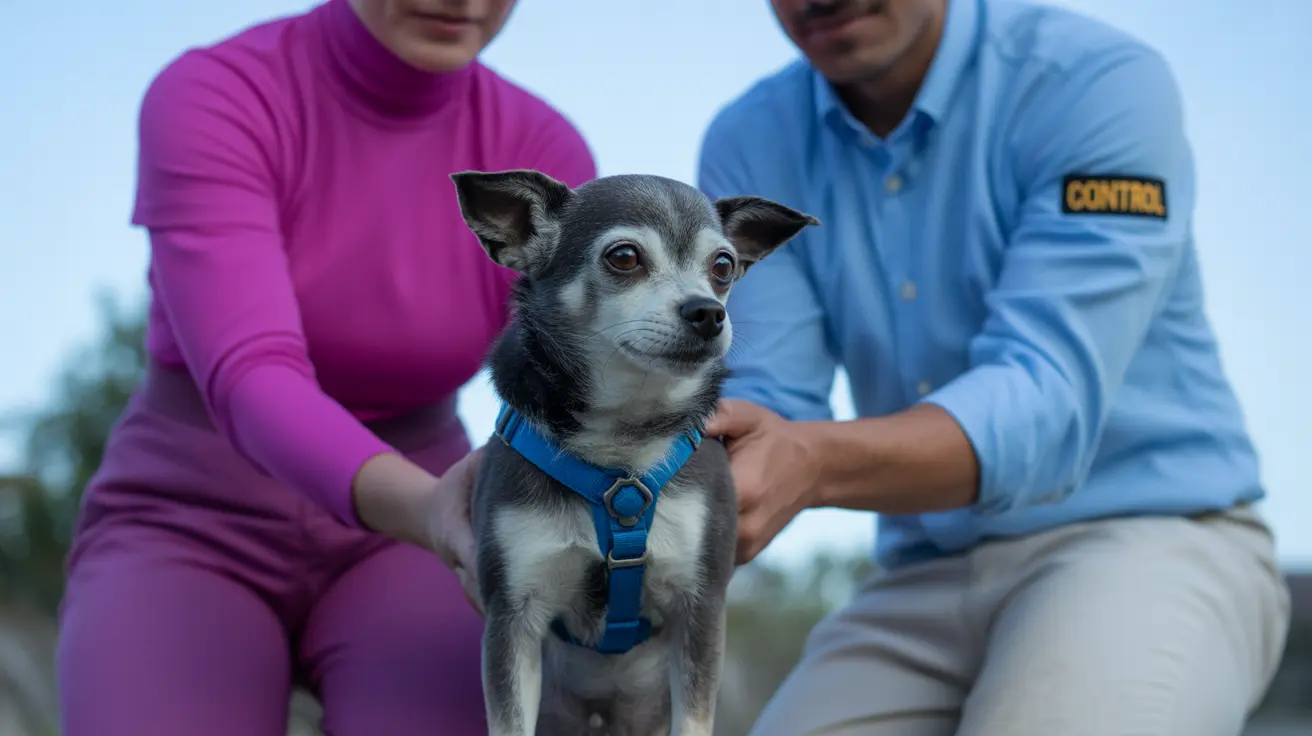Signs That Your Dog May Be Unhappy
Dogs are deeply emotional animals and can experience a wide range of feelings, from joy and affection to fear and anxiety. Recognizing when your dog is unhappy is crucial for their well-being and helps you build a stronger, more compassionate relationship with your pet. Below are some key signs and symptoms that can indicate a dog is unhappy or experiencing emotional distress.
1. Behavioral Changes
- Withdrawal and Isolation: If a normally social dog starts to avoid contact, hides away, or isolates themselves, it could indicate emotional upset.
- Loss of Interest: A loss of interest in playtime, walks, or toys that once brought joy may point to unhappiness.
- Excessive Sleeping or Lethargy: While rest is normal, excessive sleeping or lack of energy outside of normal patterns could be a red flag.
2. Changes in Appetite
- Refusal to Eat: A declining or absent appetite can signal emotional distress or depression.
- Overeating: Conversely, some dogs may overeat in response to emotional turmoil.
3. Destructive Behavior
Unhappy dogs may resort to chewing furniture, digging, or tearing up items in the home. This can be a coping mechanism for frustration or anxiety.
4. Unusual Vocalizations
- Whining or Barking: Dogs that cry, whimper, or howl excessively may be trying to communicate discomfort or emotional pain.
- Sudden Silence: Conversely, a vocal dog that becomes quiet may be experiencing emotional turmoil.
5. Aggression or Fearfulness
Changes in temperament, such as sudden aggression or signs of fear (cowering, tail tucking, shaking), can indicate stress or unhappiness.
6. Changes in Body Language
- Tense Body and Ears Back: Look for signs like rigid posture, ears pinned back, or a lowered tail position.
- Panting or Lip Licking: These can be signs of nervousness or stress.
7. Excessive Grooming or Itching
Some dogs may compulsively lick or scratch themselves when they are feeling emotionally unsettled. This behavior can sometimes lead to skin issues and should not be ignored.
8. Change in Toilet Habits
- Accidents in the House: An emotionally distressed dog may suddenly start urinating or defecating indoors despite being house-trained.
- Marking Behavior: Some dogs may mark territory as a response to stress or change.
9. Clinginess or Constant Seeking of Attention
If your dog suddenly becomes unusually clingy, follows you everywhere, or insists on constant attention, it may be a sign they are feeling insecure or unhappy.
10. Pacing or Restlessness
Dogs who pace as if they can't settle down are often expressing internal distress, anxiety, or boredom—all of which can be signs of unhappiness.
Understanding the Causes
Unhappiness in dogs can be caused by various factors. Common reasons include:
- Loneliness or lack of mental stimulation
- Sudden changes in routine or environment
- Loss of a companion (human or animal)
- Harsh training methods
- Illness or pain
How to Help Your Dog
- Provide Consistency: Maintain a stable routine to help your dog feel secure.
- Offer Enrichment: Utilize puzzle toys, regular walks, and training sessions to keep your dog mentally and physically active.
- Use Positive Reinforcement: Encourage desired behaviors through affection and treats instead of punishment.
- Consider a Vet Visit: Rule out medical reasons behind changes in behavior.
- Talk to a Professional: Animal behaviorists and trainers can help identify and resolve complex emotional issues.
Understanding the signs of unhappiness in dogs is vital for any responsible pet owner. By being attentive and responsive to these signals, you can dramatically improve your dog’s quality of life and deepen your bond.





